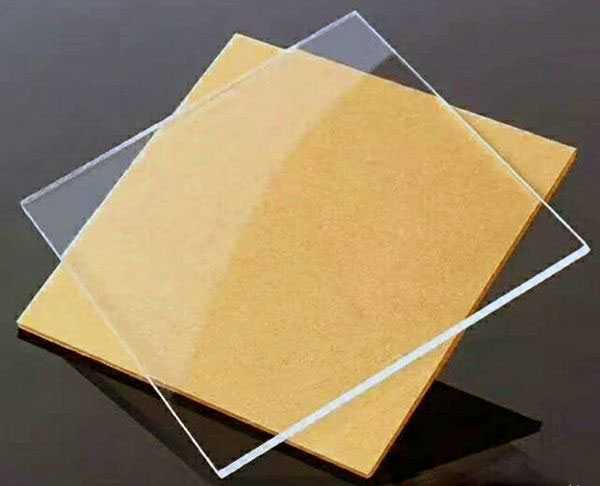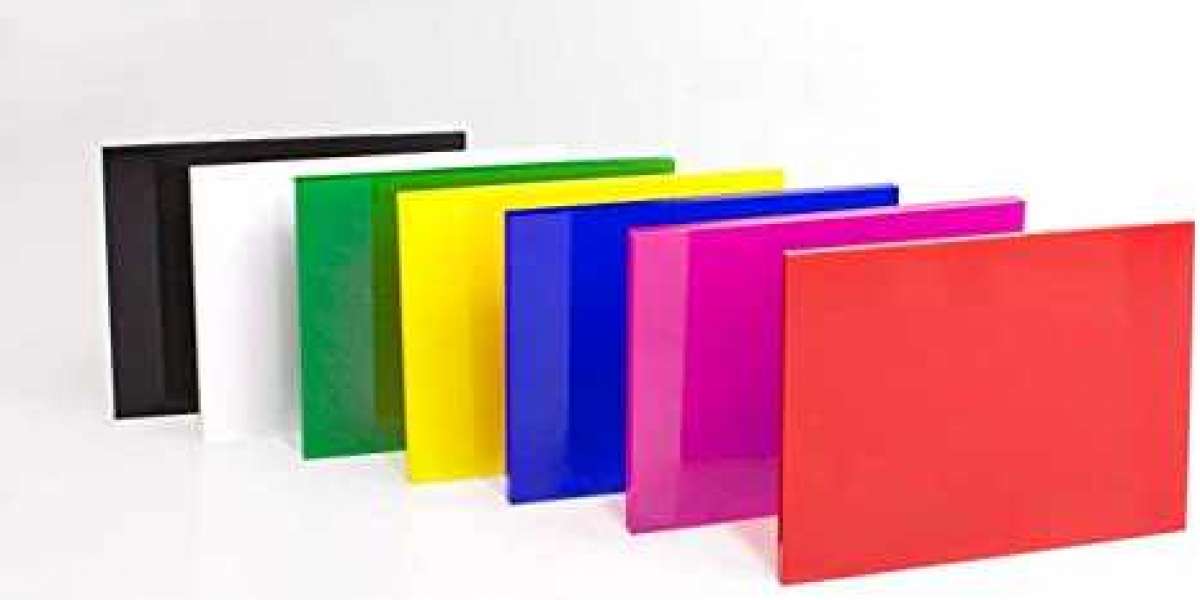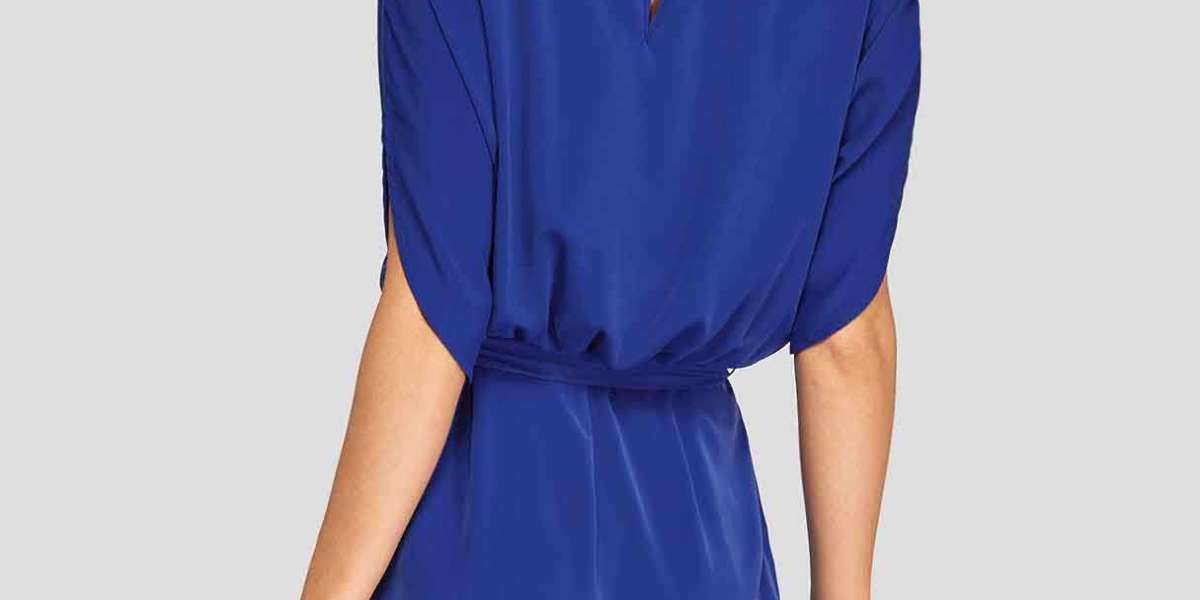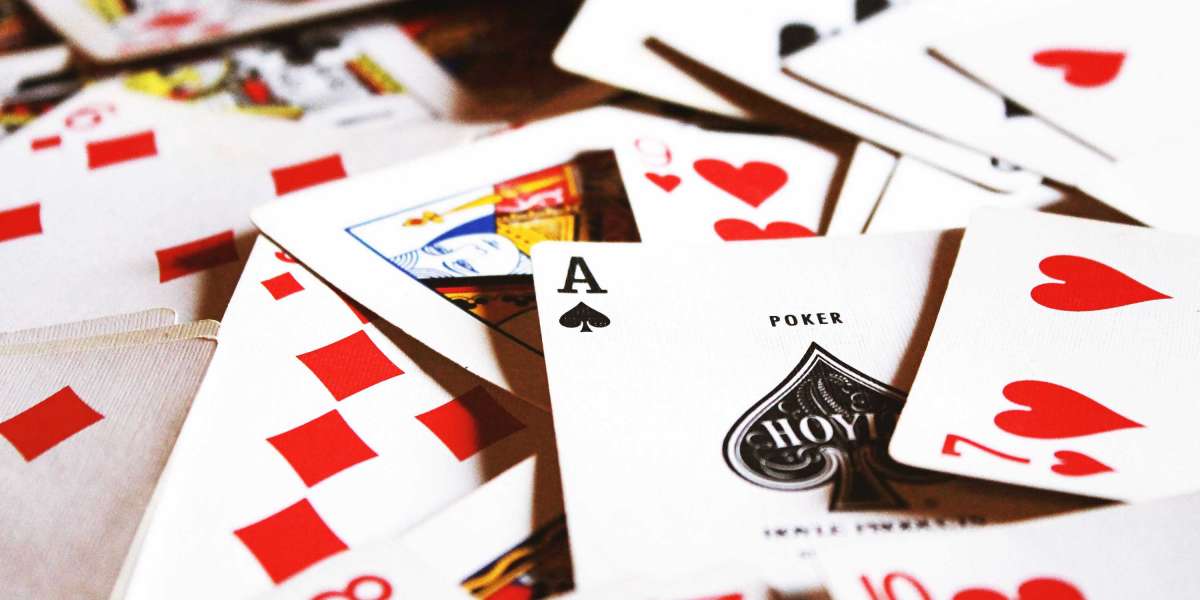Acrylic is the most often used term for this material; it is also known as plexiglass. The English name for this material is polymethyl methacrylate; the English translation is acrylic. The full name for this material is polymethylmethacrylate; the raw materials are acrylic chemicals.
Apart from acrylic sheet, we also hear the words acrylic cotton, acrylic yarn, and acrylic nylon. Acrylic board is composed of acrylic particles, resin, and other components, while acrylic fibers are used to create other acrylic textiles. They are not synonymous.
Acrylic has high transparency and clear vision, which can reach more than 92% light transmittance. The light transmittance of ordinary glass is only about 85%, which can reach the transparency of optical glass. Even after dyeing, it also has good transparency, which increases the display and aesthetic effect of acrylic.
Thanks to the special material properties, the strength of acrylic is more than ten times that of ordinary glass. Compared with glass, it can be described as strong. Products made of acrylic will be very durable. Transparent products are most afraid of being scratched. Because of its high strength, acrylic is also one of the most wear-resistant transparent materials.

Although we always believe that acrylic is a modern material, it has been around for more than a century. This form of chemical polymer was discovered in 1872. The first acrylic plate was not synthesized in the laboratory until 1920. In 1927, the acrylic plate was eventually manufactured entirely in the factory. Initially, acrylic was used exclusively in aircraft. At the turn of the twentieth century, as manufacturing technologies improved and matured, acrylic became commonly used in a variety of industries.
Acrylic has developed into a widely used commodity in a variety of industries, including instrument parts, automobile lighting, optical lenses, transparent pipes, and crafts.
As with other plastic products, acrylic particles are melted into a paste using a plunger or screw injection molding system.
Then it is injected into the grinding tool's cavity to shape. It takes on a fixed form after drying with hot air ventilation and can be used after polishing.
Nowadays, the use of acrylic is growing year after year; while acrylic is one of the oldest plastics still in use, its optical clarity and resistance to the outdoors make it the preferred material in a wide variety of industries.
The scratch resistant acrylic and other visual defects is incomparable to the wear resistance of acrylic board. This type of acrylic board is continuously manufactured with a scratch-resistant coating on one or both sides, depending on the plexiglass type. Without losing optical clarity, scratch resistant acrylic is 40 times more resistant to chemical attack and abrasion than regular acrylic plastics. Cutting, drilling, and polishing wear-resistant plexiglass is permitted, but heating should not be used to bend it.








